
|
|
|
|
|
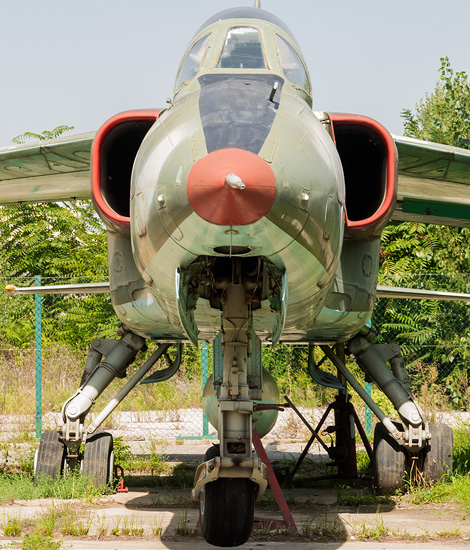
|
The Romanian Air Force; Bucuresti, September 18, 2015
The Romanian Air Force, part 1; Text and Photograph's by Alex van Noye
The Romanian Air Force has a long history with the Cold War as the highlight days. Nowadays, the Romanian Air Force is a modern European air force which is operating in an international European context. Since 2004 the country joined the NATO. Romania made a long journey of reformations to reach this point since 1990.
The Romanian Air Force, which is in Romanian referred to as the Forţele Aeriene Române, is the air force branch of the Romanian Armed Forces. The Romanian Air Force is today a modern air force which in recent years has invested heavily. The Romanian Air Force has a long and rich history since its foundation. Under the communistic rules of Gheorghe Gheorghiu-Dej and Nicolae Ceausescu, the Romanian Air Force was part of the Warsaw Pact during the Cold War. Since the collapse of the Soviet Union in 1989, the Romanian Air Force has made a long way to join the Western world. Nowadays, Romania is a NATO member state and performs its tasks on a European international platform. The air force of Romania currently flies the MiG-21 LanceR. The MiG-21 will be replaced in the future by the American F-16 Fighting Falcon. Next to the MiG-21 the flying training units are flying with the IAK-52, IAR-316 Allouette III and the IAR-99 Soim. The transport capacity is provided by the C-130 Hercules, the C-27 Spartan and the An-30 "Clank". Finally, the helicopter fleet consists of the IAR-330L Puma for SAR purposes and transport duties and the IAR-330M Socat as an attack helicopter. The main tasks of the Romanian Air Force are guarding the national airspace against unwanted intruders and controlling the movements in its airspace. The Romanian Air Force has several other tasks such as forest fire fighting, transport, medical evacuation, SAR and to provide air support to ground troops.
Romania was one of the first countries in the world which used aircrafts for military purposes. In 1818, during the reign of John Caradja (the ruler of Wallachia) an unmanned balloon was launched in Dealul Spirii in Bucharest. On July 7, 1874, Colonel Nicolae Haralambie flew together with Ion Ghica and a third person from Bucharest in a hydrogen balloon named "Mihai Bravul". On November 20, 1909, the flight school Chitila Piloting was established as a joint venture by Mihail Cerchez. The school was operated by the French flying instructors and had five hangars, stands for
|
|
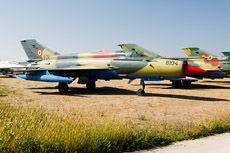
|
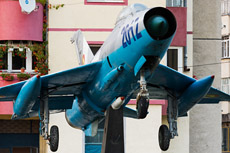
|
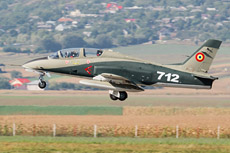
|
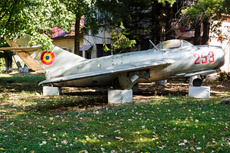
|
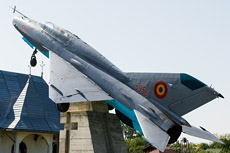
|
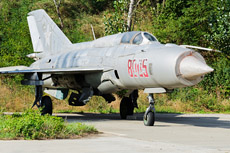
|
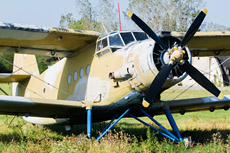
|
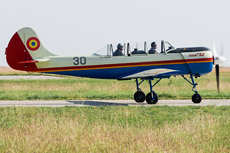
|
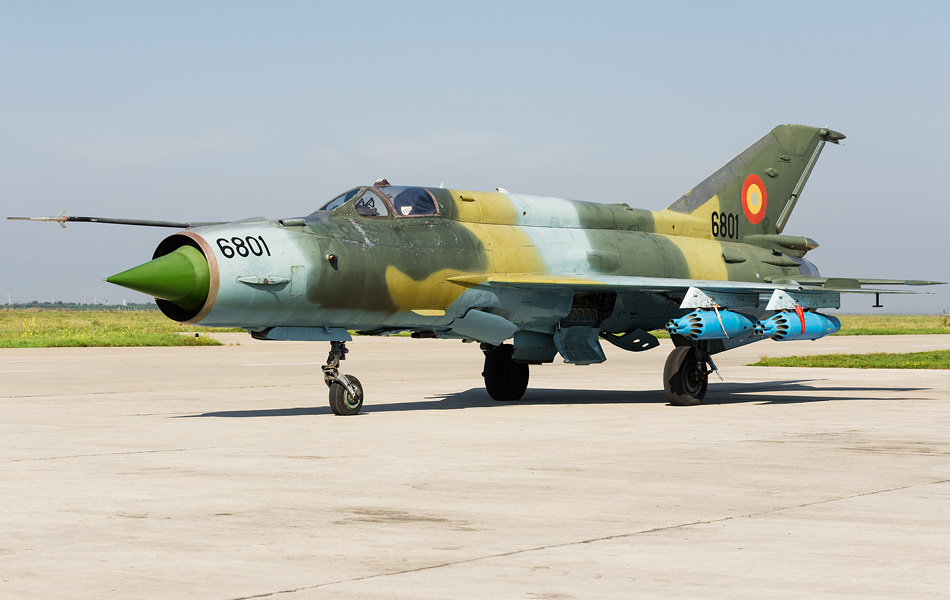
|
spectators and a workshop where Farman aircraft from France were assembled. The flying school was opened on July 9, 1910, when the chief flight instructor and director of the school Rene Guillemin crashed with a Farman III biplane from a height of 40 meters during a flight demonstration. Guillemin was succeeded by Michel Molla who made the first flight across Bucharest on September 7, 1910. Molla was followed up by two others before the school was closed at the end of 1912 due to financial problems. In November 1909, it was commissioned by the Romanian Minister of War to Aurel Vlaicu to build the Vlaicu I airplane. The plane flew at the Bucharest Army Arsenal for the first time on June 17, 1910. On September 28, during a military exercise, Vlaicu flew his plane from Slatina to Piatra Olt to deliver a message. Romania was therefore the second country after France where aircrafts were used for military purposes.
During the First World War Romania had bought 322 planes from France and Great-Britain. These aircraft were of the type Nieuport 11 & 17 single-seat fighter aircraft and Morane-Saulnier LA and Nieuport 12 two-seat fighter aircraft. There were also Caudron G.3, Henry Farman HF.20, Farman MF.11 and Farman F.40 & 46 artillery observation and reconnaissance aircraft purchased. The bombers which were purchased were of the type Caudron G4, Breguet-Michelin BLM and Voisin LA. On September 16, 1916, a German fighter was shot down by a Romanian Farman F.40 near Slobozia; this was the first victory of the Romanian Air Force in its history. By the end of the First World War, the Romanian pilots made approximately 11,000 flying hours and they flew more than 750 missions. Despite these numbers, the Air Force failed to win the battle of Arges in December 1916. The result of this was that Romania was occupied by the Germans until the armistice on December 6, 1917. During the interwar period, Romania had after Poland the strongest air force of all countries of the future Warsaw Pact. The country also had a very strong national aerospace industry. There were lots of aircraft designed and produced. There were both military and civilian aircraft been built of which the civilian market had the largest share. The IAR-80 series was a special plane, because it was the first aircraft with a reinforced fuselage and was later used in large numbers on the Eastern Front.
The Romanian Air Force was reorganized during a period of 18 years. More than 2,000 military and civilian aircraft were built in Romania, based on indigenous or licensed designs. The Romanian Air Force used mainly IAR-80 fighter aircraft which became famous on the Eastern Front and bombers which were built by IAR Brasov. During the interwar period were also many aircraft of German origin purchased by the Romanians. These aircraft were combat aircraft such as the Messerschmitt Bf-109 and Heinkel He-112, bombers of the type Heinkel He-111 and Junkers Ju-88, dive bombers of the type Junkers Ju-87, transport aircraft of the type Junkers Ju-52 and seaplanes of the type Heinkel He-114. The Romanian Air Force had 621 aircraft when the country went to war against the Soviet Union as an ally of Nazi Germany on June 22, 1941. The Romanian Air Force flew hundreds of missions which eventually resulted in the recapture of the northern provinces of Bucovina and Basarabia which the Soviet Union had occupied a year earlier. Until the Odessa War the Romanian pilots achieved over 661 air victories. The Romanians played a significant role in the battle of Stalingrad, the Crimea and the Ukrainian fronts. Between 1941 and 1944 Romanian aircraft gained more than 2,000 air victories. Romania would eventually turn against the Germans in August 1944 when King Michael's coup took place. During this period, relations with the Soviet Union were cited and the Germans were finally defeated on the Eastern Front. This eventually led to the end of the Second World War. After this period the country would enter the Cold War period.
|
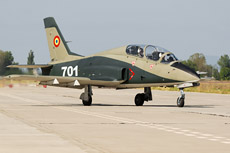
|
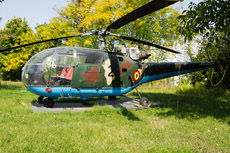
|
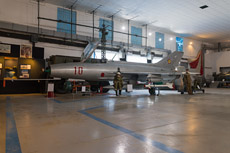
|
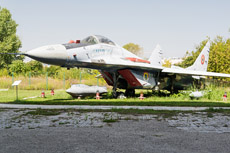
|
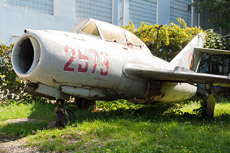
|
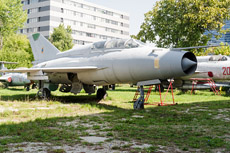
|
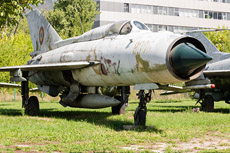
|
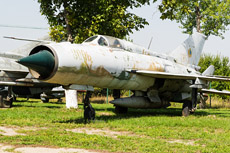
|
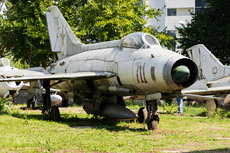
|
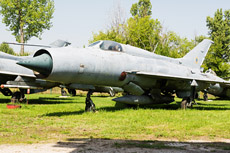
|
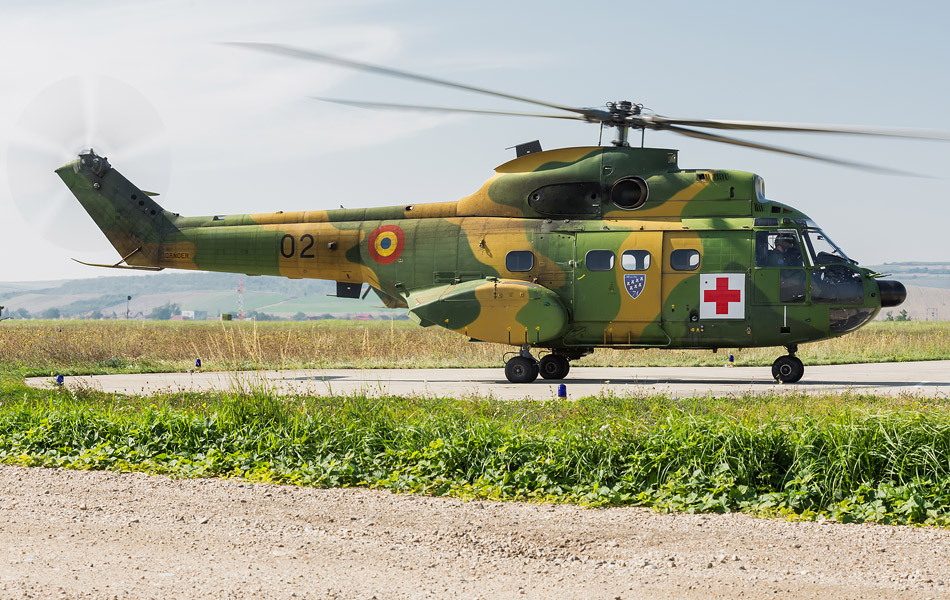
|
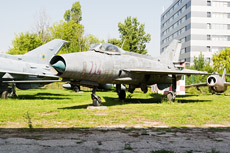
|
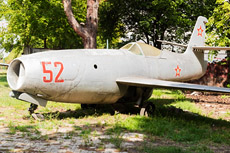
|
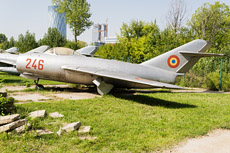
|
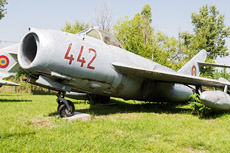
|
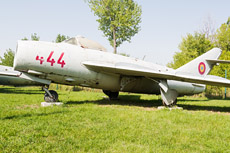
|
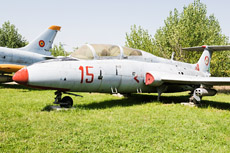
|
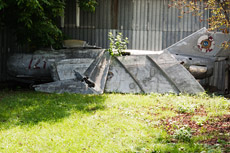
|
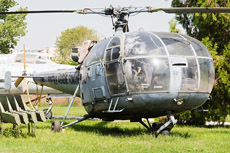
|
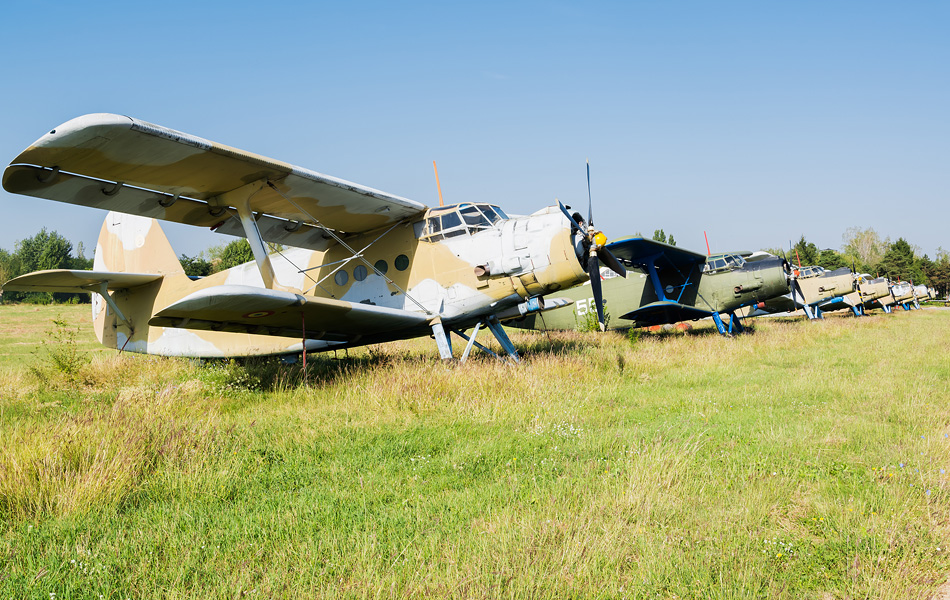
|
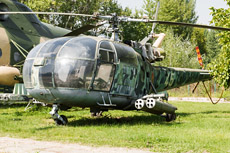
|
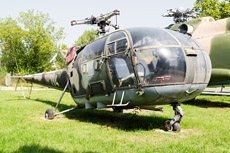
|
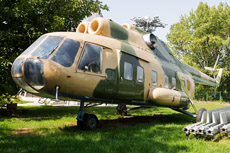
|
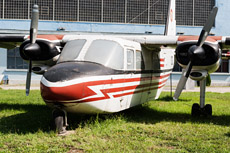
|
|
|

|







